PORT
FOLIO
CATALIN BACALU
TABLE OF CONTENTS
1 2 3 4
Heron Gate Community Center
Course: ARCS 3105
Completion Date: 2021
Location: Ottawa
Software: Revit, V-Ray, Illustrator, Indesign
Hydrobus Central Station
Course: ARCS 3107
Completion Date: 2022
Location: Amsterdam
Software: Revit, Enscape, Illustrator, InDesign, Lightroom
Castle Park Development
Course: ARCS 4105
Completion Date: 2022
Location: Ottawa
Software: Revit, Enscape, Illustrator, InDesign, Photoshop Collaborator: Samuel Cormier
CSALT: Clay & Glass Exhibit
Completion Date: 2022 - Ongoing
Location: Ottawa
Software: Rhino, Fusion360, Simplify 3D, Ultimaker Cura Collaborators: CSALT Team (Adonis Lau, George Gialouris-Tsivikas, Mahsa Esmailpour, Meaghan Dickson, Shela Lamug, Slade Solomon)
Heron Gate Community Center


Heron Gate’s rich urban history makes this Ottawa neighborhood a social treasure, but it also has a tragic background. Its lots have housed several social housing complexes that are presently under threat of demolition. Some parcels have already been destroyed, such as those at the intersection of Heron Road and Sandalwood. Furthermore, Heron Gate has a diverse cultural landscape. Nonetheless, this land and area are among the least developed in Ottawa. The new Heron Gate Community Center is
built to honor cultural diversity by providing social areas such as a community kitchen, a café, a three-story library, and various facilities that the community may use to assist its fluidity and well-being. The new construction has 21 spacious apartments with numerous bedrooms and dedicated communal areas. The installation of these apartments serves two purposes: it pays tribute to the inhabitants who have been relocated, and it replaces some of the demolished units.
Ground Floor Second Floor Third Floor
1 CATALIN BACALU
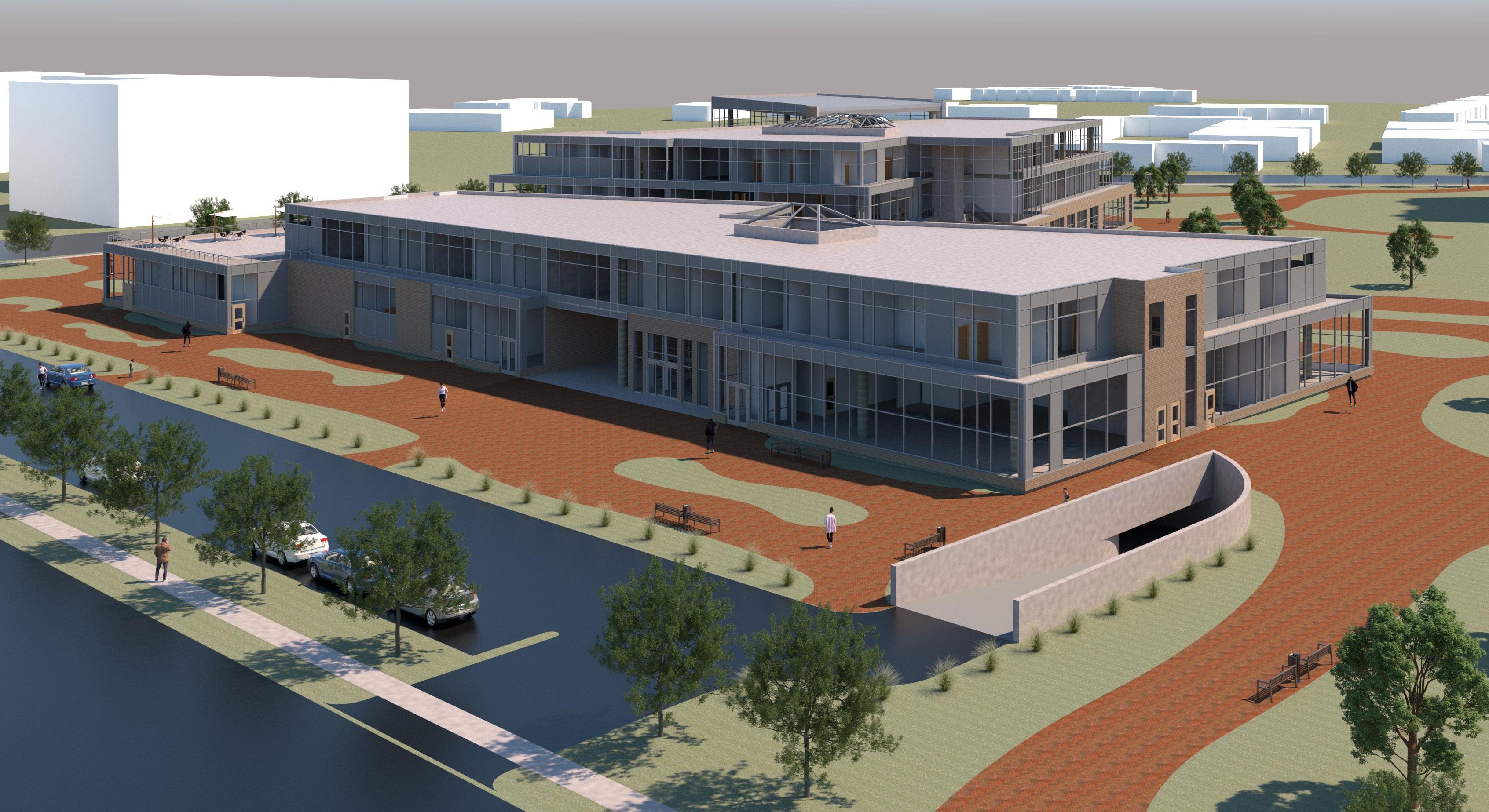





CATALIN BACALU
Hydrobus Central Station

The Hydrobus Central Station is an all-in-one, on-site hydrogen generating plant, hydrogen storage facility, and central terminal station. The Hydrobus public transportation system aims to improve connectivity between Amsterdam South and Amsterdam-Noord. Access between the two is currently time-consuming and inefficient for both walkers and bikers due to the lack of development in Amsterdam-Noord. For instance, walking or cycling from Overpark to Haarlemmerbuurt and boarding the boat is an option, but it is currently inefficient.
Ground Floor With Site
Ground Floor With Site




This crossing will take twelve minutes by vehicle, twenty-four minutes by public transportation, and ten minutes by bicycle in 2022. When considering conditions such as maritime speed regulations and maritime traffic, the Hydrobus could traverse in less than one minute. The Hydrobus transit system is a zero-emission means of transportation for pedestrians and cyclists. The Hydrobuses are powered by pure hydrogen gas and hydrogen combustion engines that emit only water.



Ground Floor



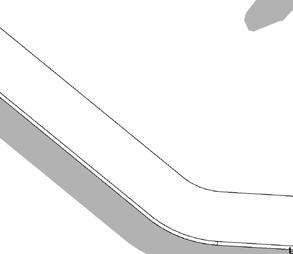
























1 : 500




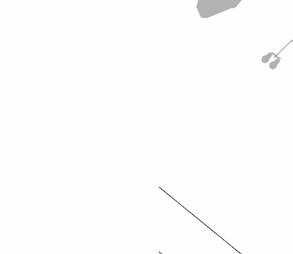







2
CATALIN BACALU
Floor With Site




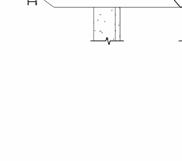





















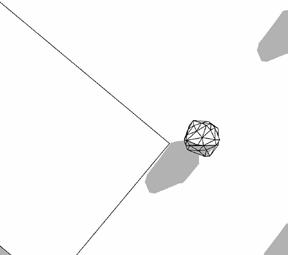
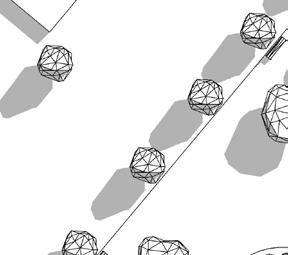
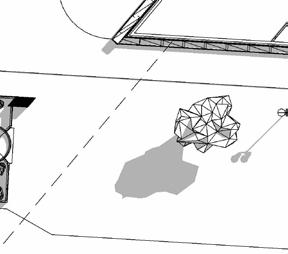

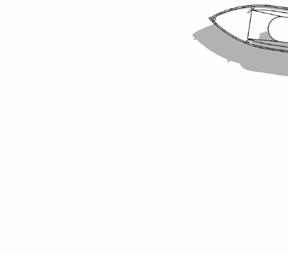












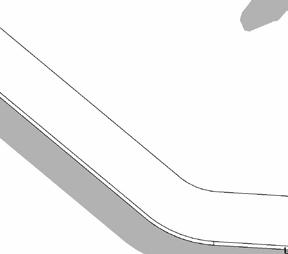
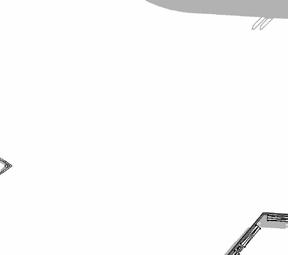





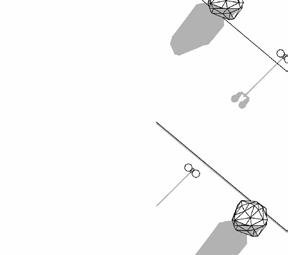










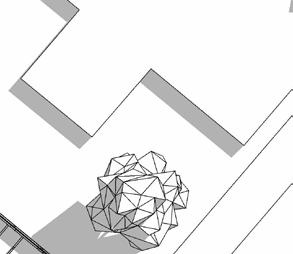







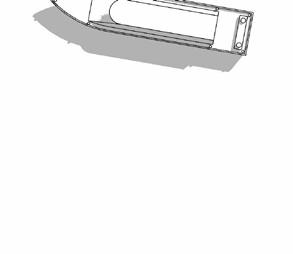
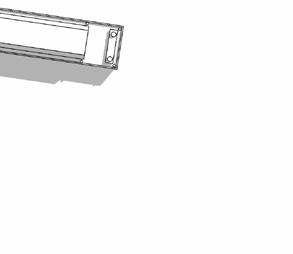

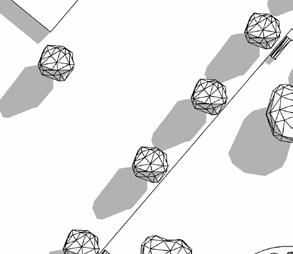

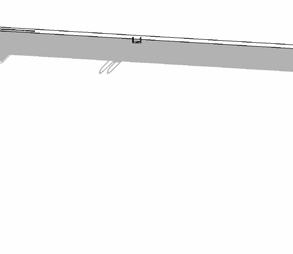














Ground Floor With Site 1

















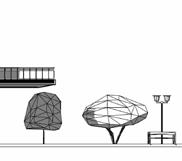
















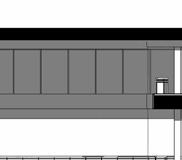
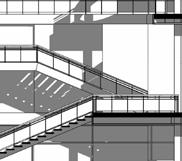



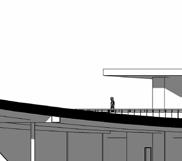









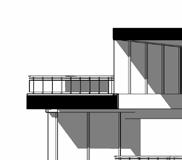













































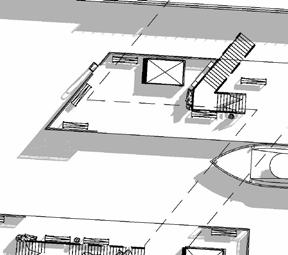



















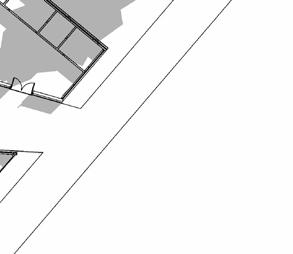











Transit between Amsterdam South and Amsterdam-Noord may be problematic owing to several issues, including the lack of development in Amsterdam-Noord, the distance between the two neighborhoods, and restricted transportation alternatives. Amsterdam-Noord is primarily a residential and industrial district separated from the rest of Amsterdam by the IJ river. Furthermore, the distance between the two regions may make it difficult for individuals to commute between them, particularly if they do not have access to a car. Overall, the lack of development and restricted transit choices makes it difficult for individuals to move between Amsterdam South and Amsterdam-Noord effectively while simultaneously maintaining a green thumb. This project would allow the city to hit its net zero carbon goals and solve one of its most significant yet complex infrastructure challenges.

1 2 4 3
1 2 A 4 3 C D E F H G B 1 : 500
Ground Floor 0.00 Second Floor 5.00 Water Level -1.50 Third Floor 10.00 Fourth Floor 14.00 Ground Floor 0.00 Second Floor 5.00 Water Level -1.50 Third Floor 10.00 Fourth Floor 14.00
CATALIN BACALU

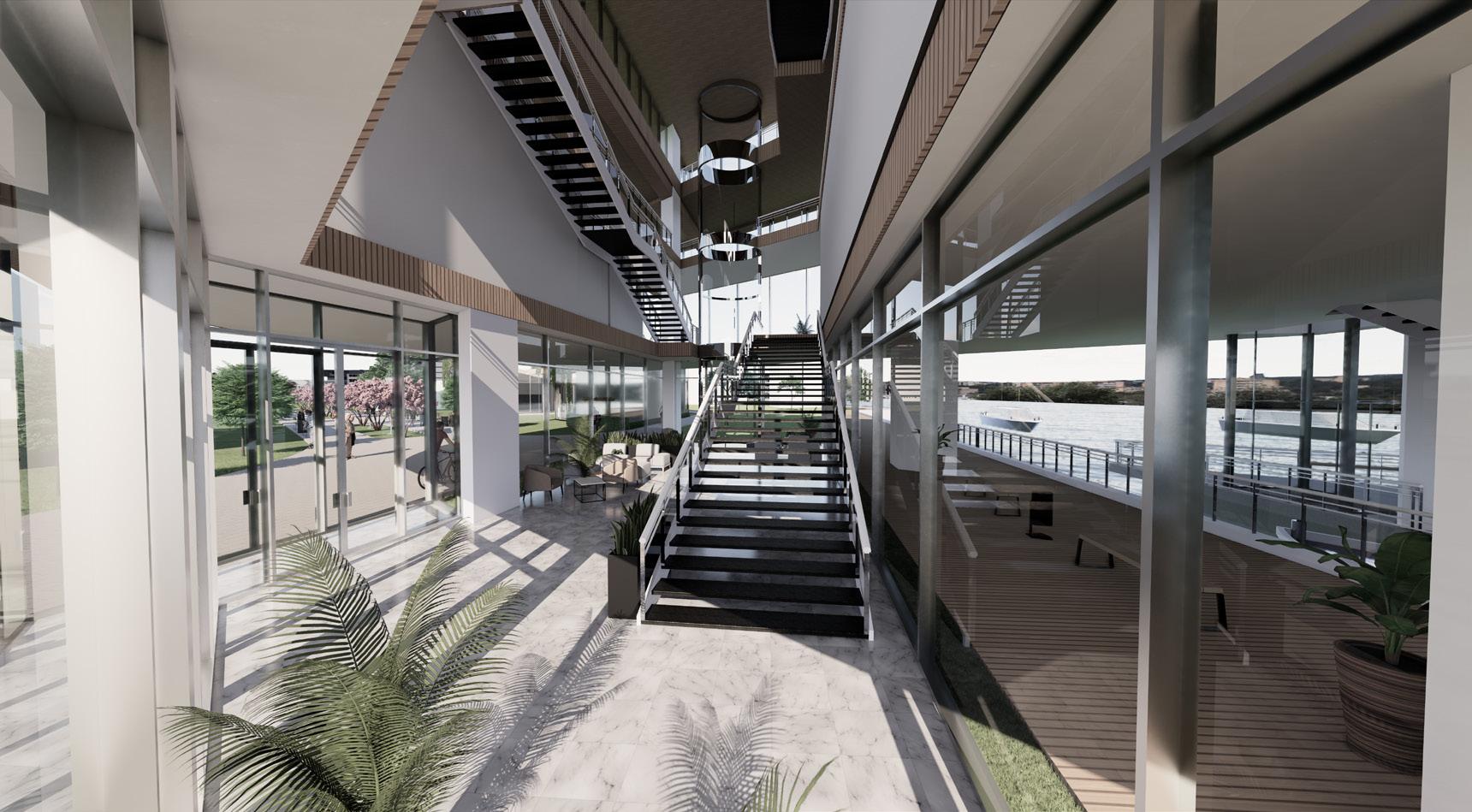
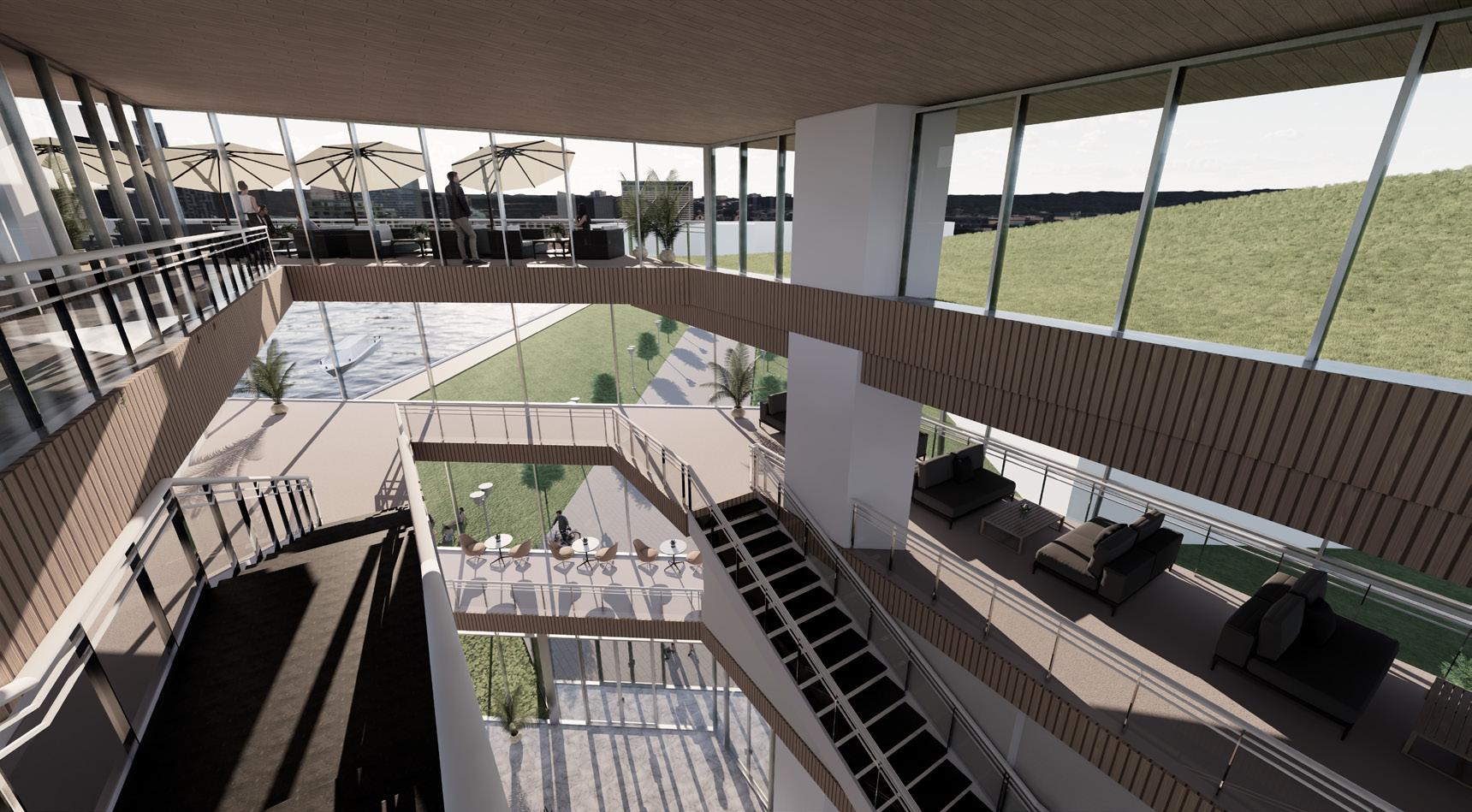

CATALIN BACALU
For various reasons, light exposure is critical for construction, particularly in Amsterdam. For starters, because it promotes general visual comfort and generates a sense of connection to the outside world, natural light may assist in creating a more pleasant and welcoming atmosphere for residents. Furthermore, natural light may help to minimize energy usage by suggesting an alternative to artificial lighting, which can be a considerable energy drain in a structure. Natural light may also benefit visitors’ health and well-being by providing vitamin D and regulating the circadian rhythm.
Given the prolonged darkness experienced in Amsterdam throughout the winter, access to natural light can be critical for maintaining a pleasant and healthy indoor atmosphere. As a result, the design of a building in Amsterdam must consider the importance of light exposure and the utilization of components such as windows, skylights, and other openings to let as much natural light illuminate the rooms.


CATALIN BACALU
Castle Park Development
 (Collaborator: Samuel Cormier)
(Collaborator: Samuel Cormier)

Castle Park Development is the first step toward living near nature while being linked to the conveniences of city life. Being a resident at Castle Park Development implies that strong ties between people are guaranteed through the various common areas, community centers, libraries, coffee shops, boutiques, and other programs. In addition to its various community-driven projects, the design allows inhabitants to retreat from the hectic and noisy metropolitan life through the alcove initiatives. Residents and tourists can find such alcoves in the shape of parks, external lounge spaces, and specialized seating areas.
Due to its proximity to Algonquin College, Castle Park Development is positioned near one of Ottawa’s busiest transportation hubs. This position allowed Castle Park’s architecture to automatically give protection from sound, traffic, agitation, motor transit, and the hustle and bustle of being so close to such a heavily populated future station. Castle Park employs mid-rise structures to shield the site’s center, which is peaceful and hidden from the traffic of Baseline Road. The core comprises three skyscrapers, the highest of which has 57 residential stories. Small low-rise residential structures can be found around the core but within the outlying mid-rises. By structuring the development in this manner, Castle Park can give a distinctive yet comfortable experience for all who visit it.
CATALIN BACALU



CATALIN BACALU
The trio towers in the center of Castle Park are arguably the site’s primary emphasis elements. Castle Park’s huge spire-like attitude allows it to establish a name for itself by soaring beyond the typical heights of buildings in Ottawa. Castle Park is even more impressive because the highest tower has 57 residential stories, making it the biggest in Ottawa. In addition to the tallest tower, there is a 40-story and a 30-story tower. These structures were developed to free the ground floor by increasing density in the sky. This allowed for greater open space at grade, allowing the land to be returned to nature through a new on-site conservation area. Bringing greenery back to the site was an objective for the bottom level and the towers. This was accomplished by creating six-story-high green openings in each of the three towers. Giving nature a room within the tower provides inhabitants a lovely lounge space and a space to study and cultivate in a regulated ecosystem.


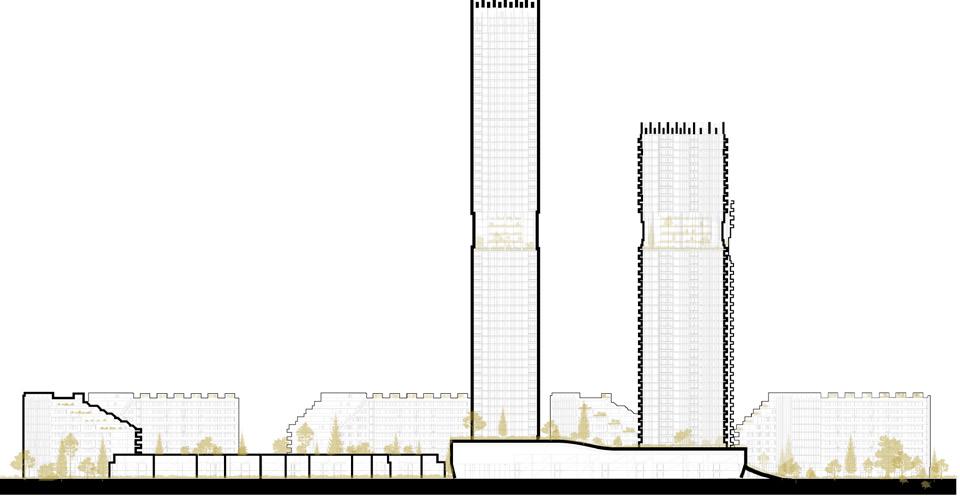


CATALIN BACALU
Illumination is essential within the Castle Park Development. Many of its south, east, and north-facing facades are used to bring light into the complex. In addition to the facades, the new road that infiltrates across the property from north to south allows for complete illumination during the day. The road pointing south also gives inhabitants more natural sunlight in an attractive and meaningful manner.
Castle Park is oriented along two quadrants. The first is the sun’s position, which provides maximum light exposure. The second is the orientation of the current site, which uses roadways such as Baseline Road and Navaho Drive to integrate the new addition into the existing neighborhood and the Algonquin College campus.


CATALIN BACALU

DN UP DN UP DN UP DN UP UP UP DN DN
1 Bedroom / Bachelor
CATALIN BACALU
2 Bedroom / 3 Bedroom
Penthouses
One of the many crucial factors the development aims for is space use inside Castle Park. The employment of the mid-rise roofs exemplifies the strategic use of space. The merlons are situated on their tops, which gives separate working spaces that differ from one another; some may be used for greenhouses, while others may be used for pottery making. The recess of the floors is an addition to the numerous adaptable plans of the merlons. These recesses allow for additional patio and social spaces, resulting in more adaptability.

It was critical to have flexible spaces at Castle Park Development site while creating the communal areas for the podium and rooftop merlons of the mid-rise buildings. The main advantage of having adaptable and flexible program rooms is that you can consistently accept community activities without being dissatisfied due to the lack thereof. Having dependable, pleasant, and readily managed workplaces benefit both users and maintenance staff. Thus, Castle Park Development’s goal encompasses providing, nurturing and developing the relationships between its people and place.
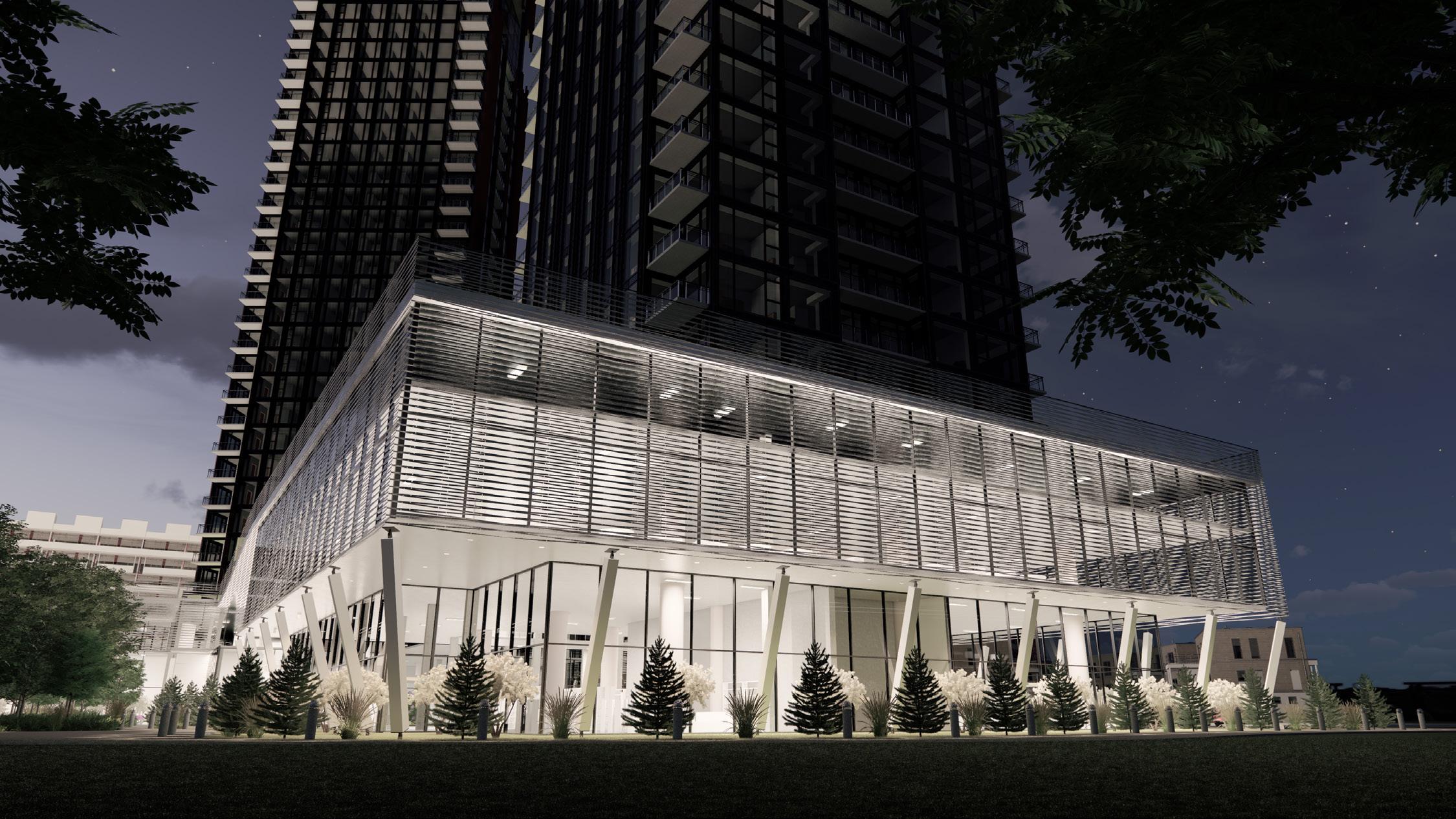

CATALIN BACALU
CSALT: Clay & Glass Exhibit
(Collaborators: CSALT Team)
As part of the CSALT lab (Carleton Sensory Architecture and Liminal Technologies Laboratory), our primary goal has been to push the frontiers of material sciences in connection to architecture. Our objective for 2022/23 is to better know clay, its many forms, and how its materiality interacts with liminal technologies. Our ongoing effort for the Clay & Glass Exhibit at the University of Waterloo resulted in development of an experimental methodology. Our CSALT team could use every piece of lab equipment because of this display. This enables the team to investigate potential ideas without limits.
The proposed idea for the CSALT Clay & Glass Exhibit presents a clay-building process that combines traditional methods with digital and artificial intelligence (AI) technologies. It is constructed of individually printed modular blocks, each having a secondary structural system that accounts for removed blocks and supports the weight of objects placed against the wall. The study also contains a three-dimensional analysis of the fabrication process, which comprises 1-D data, 2-D analog drawings, and 3-D extrusion.

4
CATALIN BACALU
Our idea examines the potential of developing digital and AI technologies while balancing the presence of craftsmanship and creativity. Our concept anticipates two structural systems working together. This first system is inspired by the design and construction of a brick wall and is made up of 200mm x 100mm x 100mm modular blocks that are staggered and two rows deep. The first method’s grid-like architecture allows for the selective removal of modular pieces across the wall, resulting in porosity. To properly support the loads of objects placed throughout the wall, a second structural system informed by structural optimization software will be required to account for the removed blocks inside the grid. The secondary structural system will be incorporated into each modular block and produced independently. The secondary structural system must vary in the lateral dimension to give the required support since the wall is two rows deep, and blocks will be removed on both sides. The modular blocks may then be assembled as usual with a mortar joint.



CATALIN BACALU
We will study manufacturing from the 1-D to 2-D to 3-D environment during the design phase. The 1-D condition is a digital code in which basic lines and models may be realized by coding. In the 2-D scenario, composite analog and digital drawings materialize physically beside one another, highlighting the sensory nature of the chosen media. The 3-D environment is an extrusion of 1-D and 2-D work that can stimulate our senses through material property and form. In the instance of our exhibition, the 1-D data we gather will result in drawings that may be carved into linoleum to produce prints. These prints will then be transformed into a two-dimensional analog composition on clay as a substrate. The 3-D printed wall is a 3-D robotic drawing that focuses on structural and material optimization but is a manifestation of the fabrication processes in the 1-D and 2-D environments.
3D printing technology has advanced significantly from its earliest applications and implementations. Plastics were no longer the only materials that could be printed as technology evolved. Printers and associated laboratories, for example, began printing various materials with varying densities and quality, as does CSALT. One of these materials is clay. Clay is difficult to print since it requires specific equipment and software. This is evident when various nozzle diameters and types of printed clay are considered. When these parameters are altered, an avalanche of other changes is required inside the printer software.

Our team at CSALT and for the Clay & Glass Exhibit has begun and is now mastering clay printing and its challenges. This means that, as a consequence of our tests, our software abilities in Simplify 3D, Rhinoceros 3D, and the various plugins associated with them have substantially improved and will continue to grow during the project’s progress.

CATALIN BACALU
Experiments during the manufacturing of the first Clay bricks produced several instructional moments. For example, the research and reasoning behind why certain bricks burst and broke within the kiln while others did not. Additional work that led to the current brick design included several ways the team may put the topology optimization within the brick unit. This experiment proved that clay shrinks to variable degrees, often less or more, depending on the manufacturer and aggregates used.
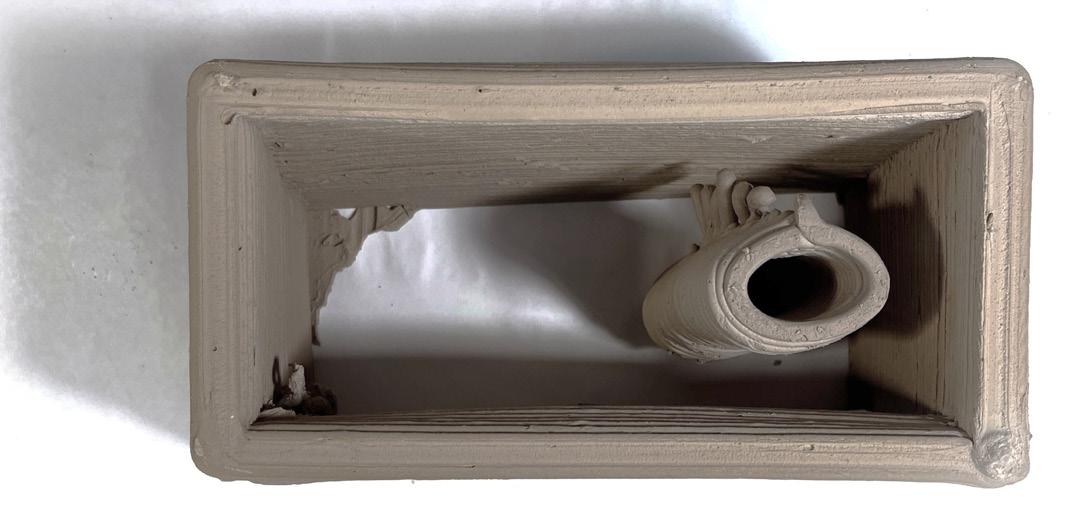

Many difficulties were encountered throughout this clay project’s creation, most of which were inevitable. These obstacles frequently compelled us to carry out more trials to better identify and solve the problems. Whether these worries were about the software or the materiality of the clay, this technique was crucial since the CSALT team has a responsibility to document as part of the teaching process within the Azrieli School of Architecture.



CATALIN BACALU











































































































































































 (Collaborator: Samuel Cormier)
(Collaborator: Samuel Cormier)























